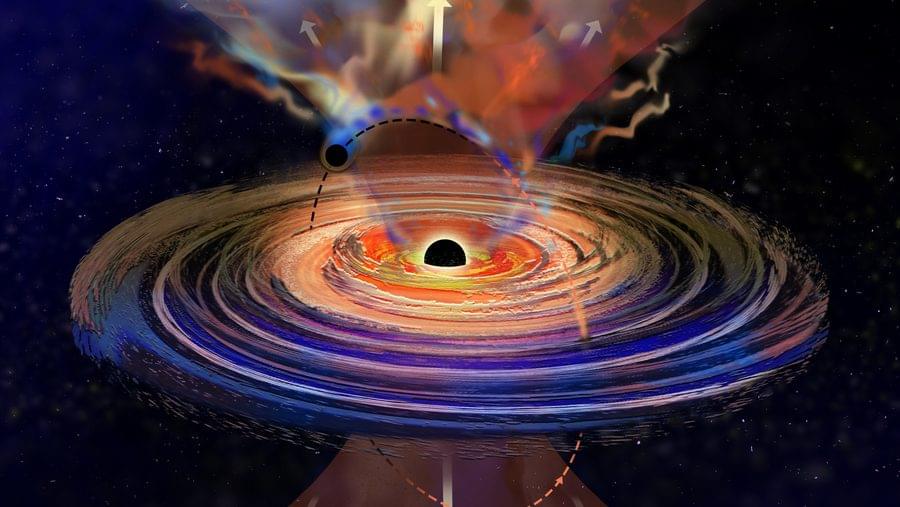The majority of the matter in our Universe isn’t made of any of the particles in the Standard Model. Could the axion save the day?
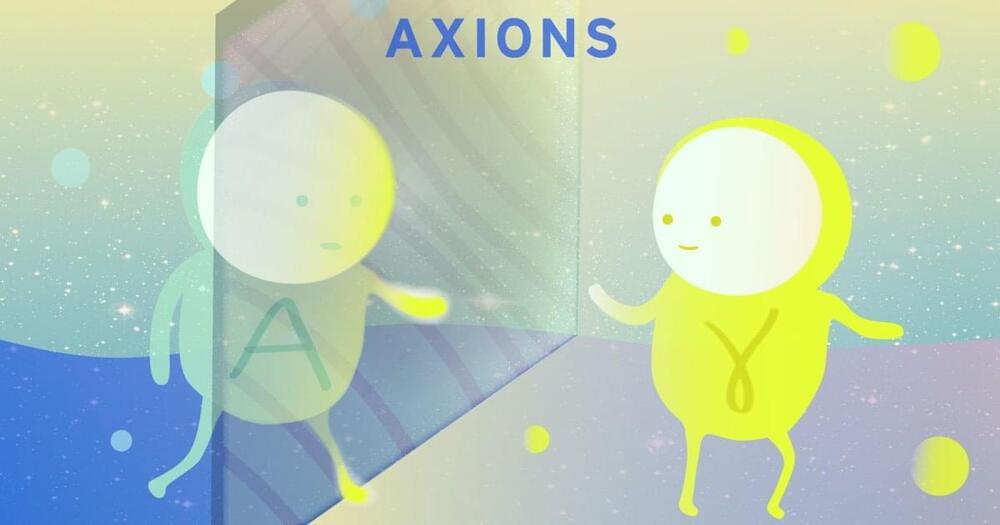

As the infrared space telescope continues its long-duration survey of the universe, it is creating a unique resource for future astronomers to make new discoveries.
NASA ’s NEOWISE mission has released its 10th year of infrared data – the latest in a unique long-duration (or “time-domain”) survey that captures how celestial objects change over long periods. Time-domain astronomy can help scientists see how distant variable stars change in brightness and observe faraway black holes flaring as they consume matter. But NEOWISE has a special focus on our planet’s local cosmic neighborhood, producing a time-domain infrared survey used for planetary science, with a particular emphasis on asteroids and comets.
Short for Near-Earth Object Wide-field Infrared Survey Explorer, NEOWISE is a key component of NASA’s planetary defense strategy, helping the agency refine the orbits of asteroids and comets while also estimating their size. One such example is the potentially hazardous asteroid Apophis, which will make a close approach of our planet in 2029.
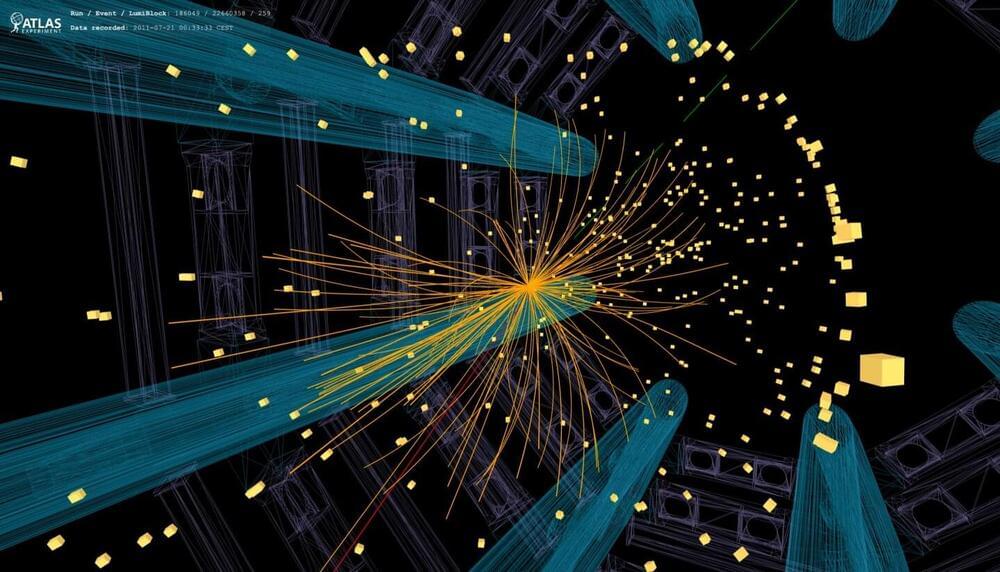
The discovery of the Higgs boson in 2012 slotted in the final missing piece of the Standard Model puzzle. Yet, it left lingering questions. What lies beyond this framework? Where are the new phenomena that would solve the universe’s remaining mysteries, such as the nature of dark matter and the origin of matter-antimatter asymmetry?
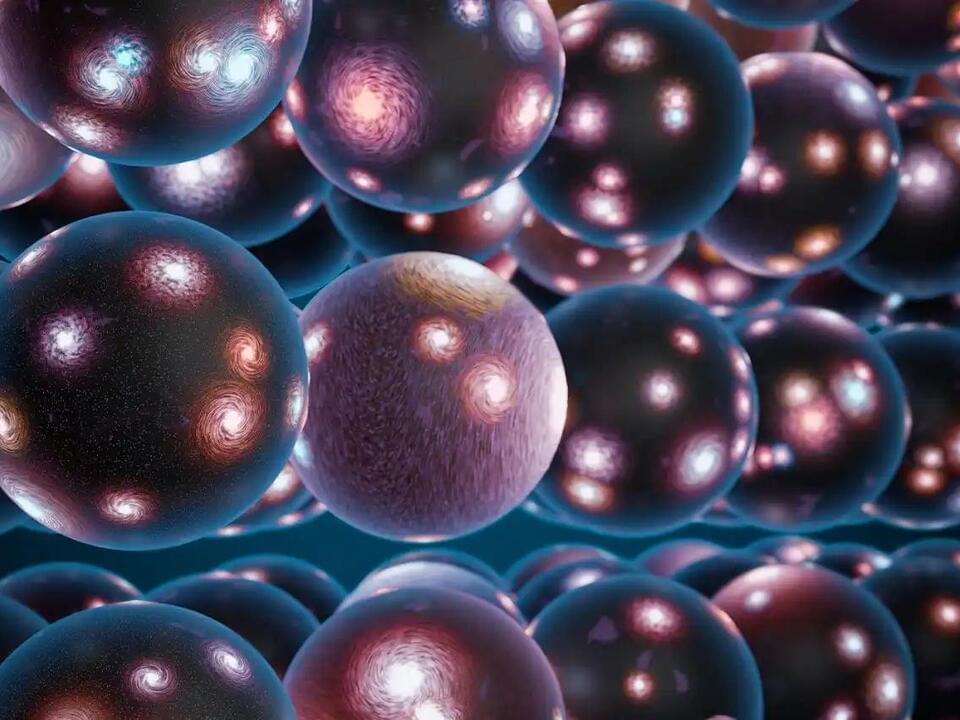
A NEW study of quantum mechanics has argued that a real-life multiverse could be much bigger than ever previously imagined.
Just like the fictional multiverse depicted in sci-fi movies and the Marvel superhero universe, we too could be living in a world where multiple realities are possible.
That’s according to a study published on the academic site Arxiv.

Dark matter is a ghostly substance that astronomers have failed to detect for decades, yet which we know has an enormous influence on normal matter in the universe, such as stars and galaxies. Through the massive gravitational pull it exerts on galaxies, it spins them up, gives them an extra push along their orbits, or even rips them apart.
Like a cosmic carnival mirror, it also bends the light from distant objects to create distorted or multiple images, a process which is called gravitational lensing.
And recent research suggests it may create even more drama than this, by producing stars that explode.
In a revolutionary scientific endeavor, researchers are using 5,000 miniature robots perched atop a mountaintop telescope to peer an astonishing 11 billion years into the past. This cutting-edge instrument, known as the Dark Energy Spectroscopic Instrument (DESI), is capturing light from distant objects in space, allowing scientists from the Lawrence Berkeley National Laboratory to map our cosmos as it was in its infancy and trace its evolution to the present day.
Why is this so important? Understanding how our universe has evolved is intrinsically linked to predicting its ultimate fate and unraveling one of the biggest mysteries in physics: dark energy. This enigmatic force is causing our universe to expand at an ever-increasing rate, and DESI is providing us with unprecedented insights into its effects over the past 11 billion years.
DESI has created the largest and most precise 3D map of our cosmos ever constructed, enabling scientists to measure the expansion history of the young universe with a precision better than 1 percent for the first time. This unparalleled view of the universe’s evolution is shedding light on the interplay between matter, dark matter, and dark energy in shaping the cosmos.
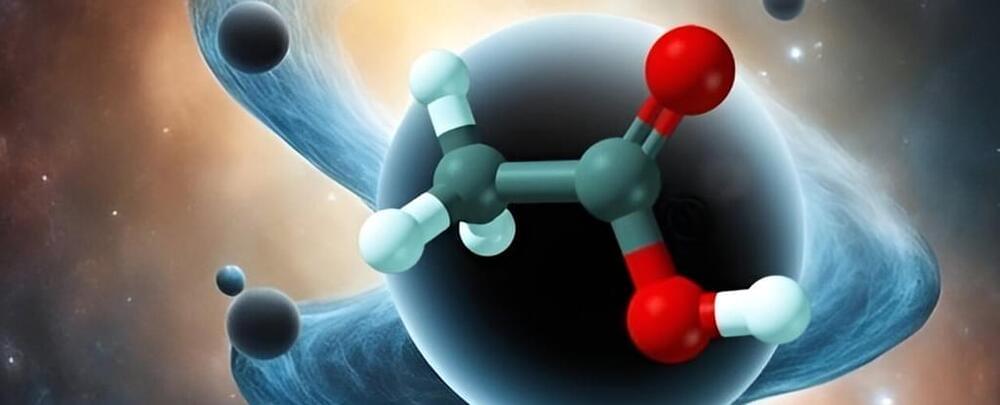
Nothing makes a mess of quantum physics quite like those space-warping, matter-gulping abominations known as black holes. If you want to turn Schrodinger’s eggs into an information omelet, just find an event horizon and let ‘em drop.
According to theoretical physicists and chemists from Rice University and the University of Illinois Urbana-Champaign in the US, basic chemistry is capable of scrambling quantum information almost as effectively.
The team used a mathematical tool developed more than half a century ago to bridge a gap between known semiclassical physics and quantum effects in superconductivity. They found the delicate quantum states of reacting particles become scrambled with surprising speed and efficiency that comes close to matching the might of a black hole.
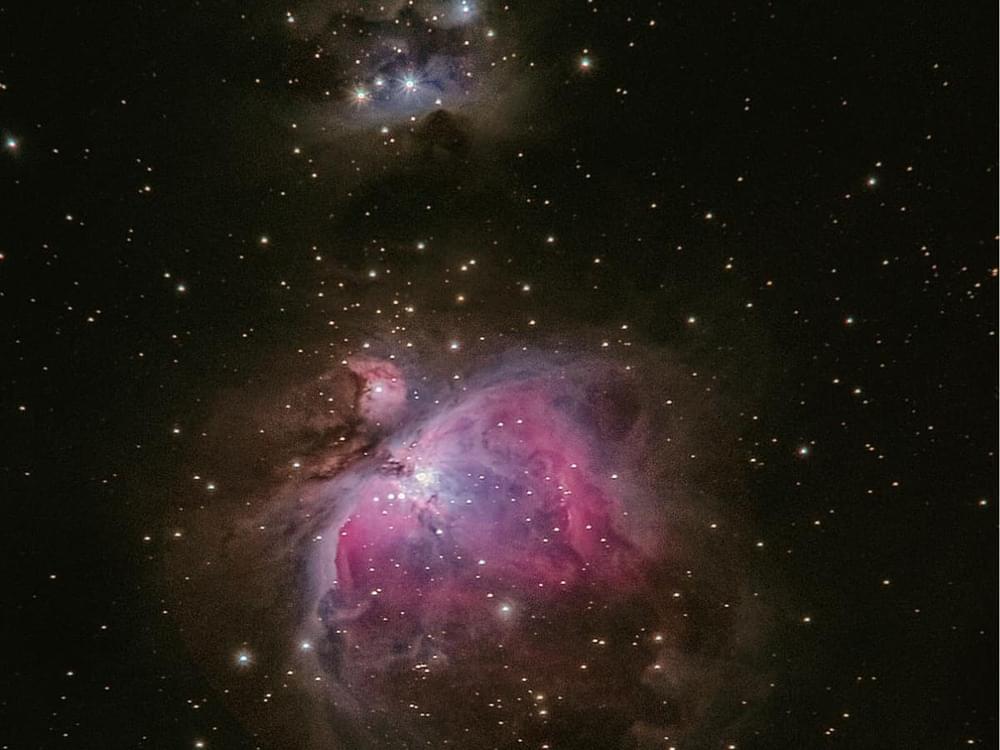
A highly detailed three-dimensional map of six million galaxies was recently unveiled by a group of scientists. The map is believed to have the potential to unravel some hidden secrets of dark matter and the future of our universe.
The map was created with the help of data collected by the Dark Energy Spectroscopic Instrument (DESI) in Arizona. The first-of-its-kind map has scaled some galaxies for the first time that were never recorded earlier for the study of the universe.
DESI is an instrument that can capture light from 5,000 galaxies many million light years away from Earth. It becomes the backbone of research in the development of the biggest 3D map of galaxies that could alter the way we think about dark matter and the universe.
The new research culminated in a 3D map that measures how the universe has been expanding over the past 11 billion years. The data was collected by the Dark Energy Spectroscopic Instrument (DESI), a part of the Nicholas U. Mayall Telescope at the Kitt Peak National Observatory in Arizona.
Five thousand tiny robots on the telescope collect data at an unprecedented rate, per a statement from the observatory. Since it started scanning the sky in 2021, DESI has observed 5,000 galaxies every 20 minutes, totaling more than 100,000 galaxies each night.
The new map, based on just the first year of DESI’s data, is the largest 3D map of the universe ever made, according to a statement from the Lawrence Berkeley National Laboratory (Berkeley Lab), which manages the project.
